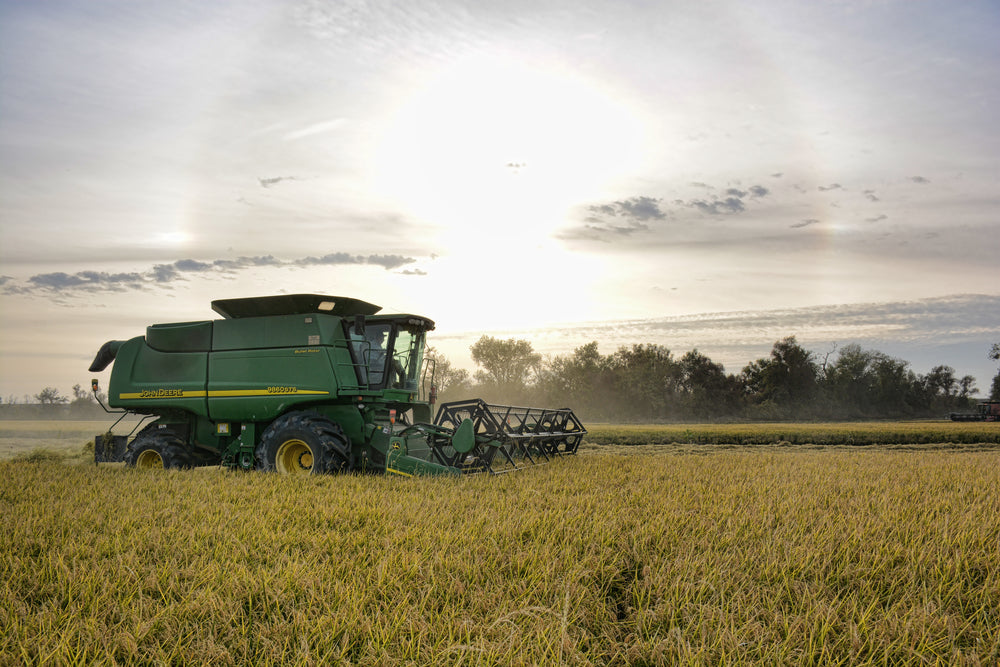
Sustainability Initiatives
Share
Crop Rotation: Keeping the Soil Healthy
We use crop rotation to naturally replenish nutrients in the soil and break the cycle of pests and diseases. By alternating rice with crops like wheat, legumes, or cover crops, farmers can reduce the need for synthetic fertilizers while improving soil structure and fertility. This practice leads to healthier crops and a more resilient farming system.
Integrated Pest Management (IPM): A Smarter Way to Protect Crops
Instead of relying solely on chemical pesticides, we implement Integrated Pest Management (IPM)—a strategy that uses biological control, habitat management, and careful monitoring to manage pests. Natural predators, such as birds and beneficial insects, help keep pest populations in check, reducing the need for harmful sprays. IPM minimizes environmental impact while maintaining high-quality rice yields.
Mowing Instead of Spraying: Keeping Roadsides Chemical-Free
Traditionally, herbicides were used to control weeds along rice field roads. However, we are now mowing instead of spraying, reducing chemical runoff into waterways and protecting surrounding ecosystems. This simple yet effective change supports biodiversity, preserves soil quality, and promotes a healthier farming environment.
Winter Flooding: Supporting Wildlife and Water Conservation
During the off-season, we flood our fields to provide habitat for migratory birds, including ducks and shorebirds. This practice mimics natural wetlands that have been lost due to urbanization and land development. Winter flooding also helps decompose leftover rice straw, reducing the need for burning and improving air quality.
A Future of Sustainable Rice Farming
These innovative practices demonstrate that agriculture and conservation can go hand in hand.
As consumers, we can support sustainable rice farming by choosing rice from responsible growers and spreading awareness about these eco-friendly efforts. Every grain of rice tells a story of resilience, balance, and a commitment to the planet.
